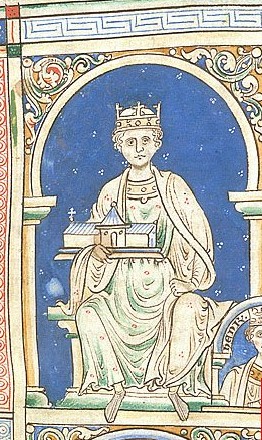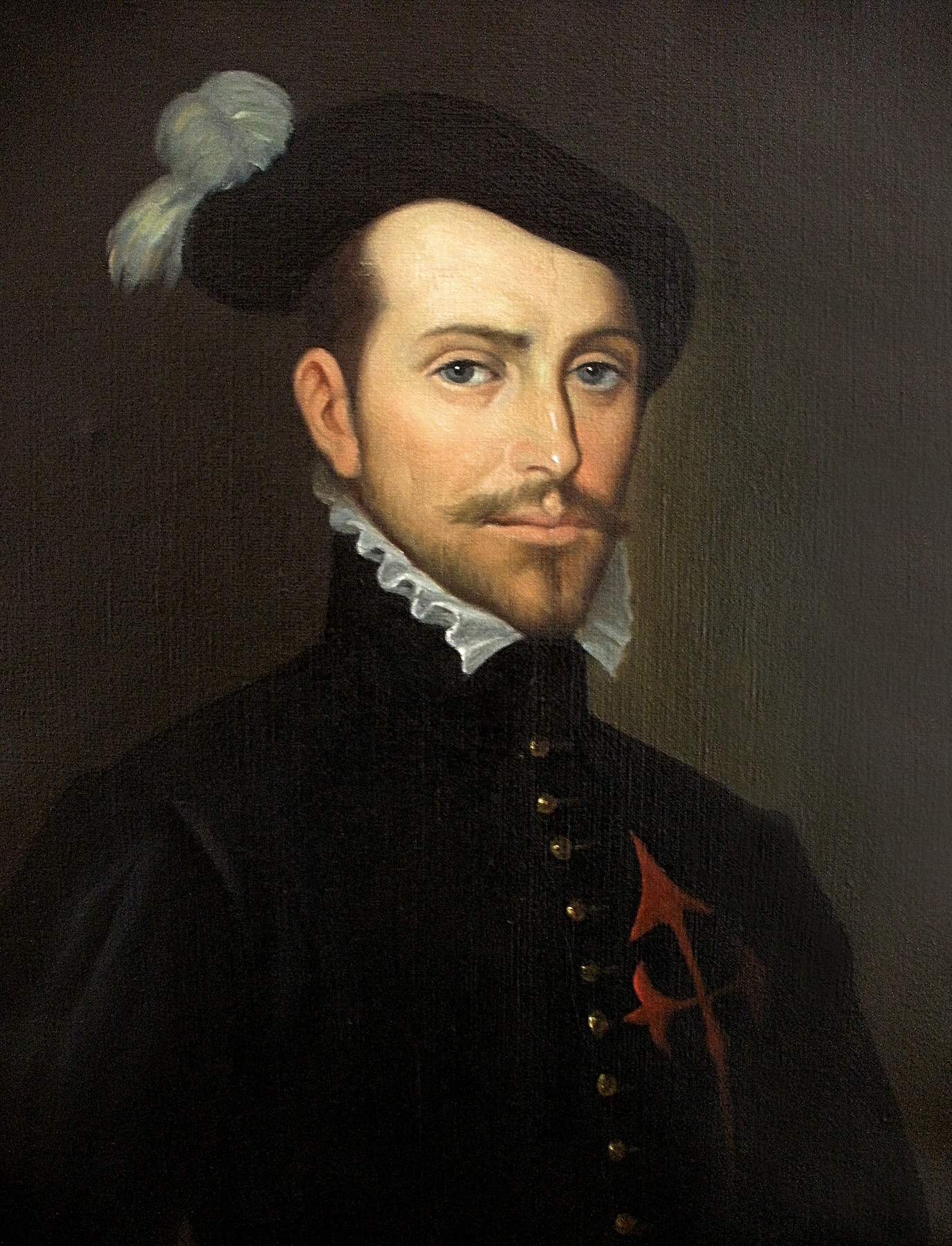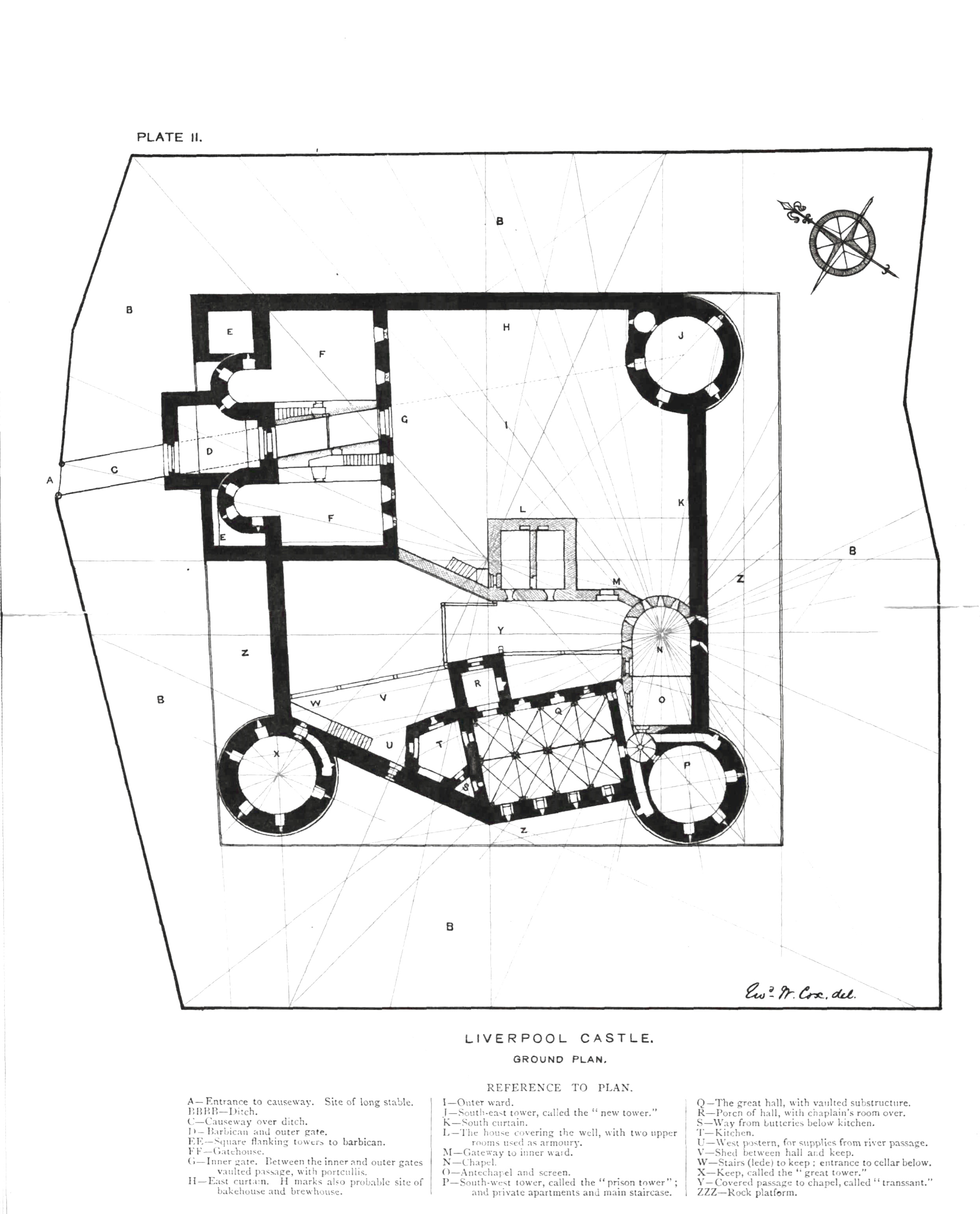|
Thomas Lumley, 2nd Baron Lumley
Thomas Lumley, 2nd Baron Lumley (29 September 1408–1 April 1485) was an English nobleman, soldier, and favourite of King Edward IV. Depending on the source, he may be referred to as either the 1st Baron Lumley (of the second creation) or the 2nd Baron Lumley (of the first creation). Family background Lumley was born at Morpeth in Northumberland in 1408 on Michaelmas.Milner, Edith"Records of the Lumleys of Lumley Castle" pp. 20-22 His grandfather, Ralph Lumley, was created the first Baron Lumley by King Richard II, but was attainted and executed by order of Henry IV for his role in the Epiphany Rising. The first baron's wife, Eleanor Neville, was the sister of Ralph Neville, 1st Earl of Westmorland."Surrey Archaeological Collections, Vol. 3" pp. 332-3 Lumley's father, John, was restore ... [...More Info...] [...Related Items...] OR: [Wikipedia] [Google] [Baidu] |
Edward IV Of England
Edward IV (28 April 1442 – 9 April 1483) was King of England from 4 March 1461 to 3 October 1470, then again from 11 April 1471 until his death in 1483. He was a central figure in the Wars of the Roses, a series of civil wars in England fought between the Yorkist and House of Lancaster, Lancastrian factions between 1455 and 1487. Edward inherited the House of York, Yorkist claim when his father, Richard, Duke of York, died at the Battle of Wakefield in December 1460. After defeating Lancastrian armies at Mortimer's Cross and Battle of Towton, Towton in early 1461, he deposed King Henry VI and took the throne. His marriage to Elizabeth Woodville in 1464 led to conflict with his chief advisor, Richard Neville, Earl of Warwick, known as the "Kingmaker". In 1470, a revolt led by Warwick and Edward's brother George, Duke of Clarence, briefly Readeption of Henry VI, re-installed Henry VI. Edward fled to Flanders, where he gathered support and invaded England in March 1471; ... [...More Info...] [...Related Items...] OR: [Wikipedia] [Google] [Baidu] |
Scarborough Castle
Scarborough Castle is a former medieval Royal fortress situated on a rocky promontory overlooking the North Sea and Scarborough, North Yorkshire, England. The site of the castle, encompassing the Iron Age settlement, Roman signal station, an Anglo-Scandinavian settlement and chapel, the 12th-century enclosure castle and 18th-century battery, is a scheduled monument of national importance. Fortifications for a wooden castle were built in the 1130s, but the present stone castle dates from the 1150s. Over the centuries, several other structures were added, with medieval monarchs investing heavily in what was then an important fortress that guarded the Yorkshire coastline, Scarborough's port trade, and the north of England from Scottish or continental invasion. It was fortified and defended during various civil wars, sieges and conflicts, as kings fought with rival barons, faced rebellion and clashed with republican forces, though peace with Scotland and the conclusion of civil and ... [...More Info...] [...Related Items...] OR: [Wikipedia] [Google] [Baidu] |
1485 Deaths
Year 1485 ( MCDLXXXV) was a common year starting on Saturday (link will display the full calendar) of the Julian calendar. Events January–December * Spring – Multiple earthquakes occur near Taishan, China. * March 16 – A solar eclipse crosses northern South America and Central Europe. * June 1 – Matthias of Hungary takes Vienna, in his conquest of Austria (from Frederick III), and makes the city his capital. * August 5–August 7 – The first outbreak of sweating sickness in England begins. * August 22 – Battle of Bosworth: King Richard III of England is defeated by (rival claimant to the throne of England) Henry Tudor, Earl of Richmond; Richard dies in battle, and Henry Tudor becomes King Henry VII of England (although Henry marks this battle as August 21, so that he can declare all his opponents traitors). * September 12 – Muscovian forces conquer Tver. * September 15 – Peter Arbues is assaulted while praying in the ca ... [...More Info...] [...Related Items...] OR: [Wikipedia] [Google] [Baidu] |
1408 Births
Fourteen or 14 may refer to: * 14 (number), the natural number following 13 and preceding 15 * one of the years 14 BC, AD 14, 1914, 2014 Music * 14th (band), a British electronic music duo * ''14'' (David Garrett album), 2013 *''14'', an unreleased album by Charli XCX * "14" (song), 2007, from ''Courage'' by Paula Cole Other uses * ''Fourteen'' (film), a 2019 American film directed by Dan Sallitt * ''Fourteen'' (play), a 1919 play by Alice Gerstenberg * ''Fourteen'' (manga), a 1990 manga series by Kazuo Umezu * ''14'' (novel), a 2013 science fiction novel by Peter Clines * ''The 14'', a 1973 British drama film directed by David Hemmings * Fourteen, West Virginia, United States, an unincorporated community * Lot Fourteen, redevelopment site in Adelaide, South Australia, previously occupied by the Royal Adelaide Hospital * "The Fourteen", a nickname for NASA Astronaut Group 3 * Fourteen Words, a phrase used by white supremacists and Nazis See also * 1/4 (other) * Fo ... [...More Info...] [...Related Items...] OR: [Wikipedia] [Google] [Baidu] |
George Lumley, 3rd Baron Lumley
George Lumley, 3rd Baron Lumley, (1445–1509) was an English nobleman and soldier. Depending on the source, he may be referred to as either the 2nd Baron Lumley (of the second creation) or the 3rd Baron Lumley (of the first creation), due to the attainder of his ancestor Ralph Lumley. Family George Lumley was the only son of Thomas Lumley, 2nd Baron Lumley, by his wife Margaret Harington. Burke, John"A General and Heraldic Dictionary of the Peerages of England, Ireland, and Scotland" pg. 326 His direct paternal ancestor, Ralph Lumley, had been created Baron Lumley in the reign of Richard II, but was later attainted and executed for his role in the Epiphany Rising against Henry IV."Surrey Archaeological Collections, Vol. 3" pp. 332-3 George Lumley's father, Thomas, had the attainder ... [...More Info...] [...Related Items...] OR: [Wikipedia] [Google] [Baidu] |
Liverpool Castle
Liverpool Castle was a castle in Liverpool, England, that stood from the early 13th century to the early 18th century (1237–1726). Construction The castle was probably erected in the 1230s, between 1232 and 1235, under the orders of William de Ferrers, 4th Earl of Derby. No records of the castle construction survive, except the licence to fortify de Ferrers received in 1235. Nearby in West Derby, there had long been a castle, which was taken by the Ferrerses in 1232, but by 1296 it lay in ruins. The castle in Liverpool was built to protect King John's new port, and was sited at the top of modern-day Lord Street, the highest point in the city which overlooks the Pool. This corresponds to present day Derby Square ( Queen Victoria Monument), near the city centre. Description The castle was built on top of a plateau, which had been specially constructed, and a moat measuring 20 yards (18 m) was cut out of solid rock. The main building of the castle consisted of the gatehouse flank ... [...More Info...] [...Related Items...] OR: [Wikipedia] [Google] [Baidu] |
James III Of Scotland
James III (10 July 1451/May 1452 – 11 June 1488) was King of Scots from 1460 until his death at the Battle of Sauchieburn in 1488. He inherited the throne as a child following the death of his father, King James II, at the siege of Roxburgh Castle. James III's reign began with a minority that lasted almost a decade, during which Scotland was governed by a series of regents and factions who struggled for possession of the young king, before his personal rule began in 1469. James III was an unpopular and ineffective king, and was confronted with two major rebellions during his reign. He was much criticised by contemporaries and later chroniclers for his promotion of unrealistic schemes to invade or take possession of Brittany, Guelders and Saintonge at the expense of his regular duties as king. While his reign saw Scotland reach its greatest territorial extent with the acquisition of Orkney and Shetland through his marriage to Margaret of Denmark, James was accused of debasing ... [...More Info...] [...Related Items...] OR: [Wikipedia] [Google] [Baidu] |
John Burke (genealogist)
John Burke (12 November 1786 – 27 March 1848)Burke's Peerage website, Company sectionFounder pagedate accessed: 16 December 2020There is a discrepancy in the date of birth between thwebsite for Burke's Peerageand the "John Burke" listing in the ''Dictionary of National Biography'' from 1886. The former has 12 November 1786, and the latter has 1787. The former is believed to be correct. was an Irish genealogist, and the original publisher of ''Burke's Peerage''. He was the father of Sir Bernard Burke, a British officer of arms and genealogist. Origins He was the elder son of Peter Burke of Elm Hall, Tipperary, by his first wife, Anne, daughter and coheiress of Matthew Dowdall, M.D., of Mullingar. In accordance with a family arrangement, his younger brother Joseph succeeded to the estate at the father's death on 13 January 1836. The Burke family were descendants of the Earl of Clanricarde via Dominick Burke (born 1664), of Clondagoff Castle, County Galway. Later generations have ... [...More Info...] [...Related Items...] OR: [Wikipedia] [Google] [Baidu] |
Douglas Richardson
Douglas Charles Richardson (born April 16, 1951, Sacramento, California) is an American genealogist, historian, lecturer, and author based in Salt Lake City in Utah. He has researched cases involving all periods of American research from colonial to the modern times. He has written extensively on the genealogy of medieval English gentry families and English royalty. Early life and career Richardson was born April 16, 1951 in Sacramento, California to Wayne H. Richardson (1917-2003) and his wife Joan Elizabeth nee Kercheval (1917-1991). He took a B.A. degree in History from the University of California Santa Barbara, and a M.A. degree in History from the University of Wisconsin-Madison. As a schoolteacher of American History he held positions at El Reno Junior College, in El Reno, Oklahoma, and at Hillsdale Free Will Baptist College, in Oklahoma City, Oklahoma. He was Contributing Editor of ''The American Genealogist'' and was formerly a member of the Santa Barbara Genealogical ... [...More Info...] [...Related Items...] OR: [Wikipedia] [Google] [Baidu] |
Baron Lumley
There have been four creations of the title Baron Lumley, all in the Peerage of England: The first creation was in 1384 for Sir Ralph Lumley but after being beheaded by the citizens of Cirencester for his part in the Epiphany Rising, he was posthumously attainted and his title forfeit. The next creation was in 1461 for the grandson of the first baron, Sir Thomas Lumley in 1461. Shortly after, he obtained a reversal of his grandfather's attainder and presumably became the 2nd Baron Lumley of the 1384 creation also. Upon the death of the 5th/4th baron in 1545, the title was forfeit due to the opposition of his son, George, to the Dissolution of the Monasteries. The third creation was in 1547 for George's son, Sir John, who managed to be restored in the blood, but the title became extinct upon his death without children in 1609. The final creation was in 1681 for Richard Lumley, 2nd Viscount Lumley (a cousin of the last baron) who was later created Earl of Scarbrough in 16 ... [...More Info...] [...Related Items...] OR: [Wikipedia] [Google] [Baidu] |
Ralph Neville, 1st Earl Of Westmorland
Ralph Neville, 1st Earl of Westmorland Earl Marshal (c. 136421 October 1425), was an English nobleman of the House of Neville. Origins Ralph Neville was born about 1364, the son of John Neville, 3rd Baron Neville by his wife Maud Percy (d. 1379), a daughter of Henry de Percy, 2nd Baron Percy of Alnwick, Northumberland, by his wife Idoine de Clifford, a daughter of Robert de Clifford, 1st Baron de Clifford. Neville had a younger brother, and five sisters: *Thomas Neville, 5th Baron Furnivall, who married Joan Furnival. Father of Maud Neville, 6th Baroness Furnivall, wife of John Talbot, 7th Baron Talbot. *Lady Alice Neville, who married William Deincourt, 3rd Lord Deincourt *Lady Maud Neville, who married Sir William le Scrope *Lady Idoine Neville *Lady Eleanor Neville, who married Ralph Lumley, 1st Baron Lumley. *Lady Elizabeth Neville, who became a nun. Neville's father married secondly, before 9 October 1381, Elizabeth Latimer (died 5 November 1395), daughter of Willia ... [...More Info...] [...Related Items...] OR: [Wikipedia] [Google] [Baidu] |
Epiphany Rising
The Epiphany Rising was a failed rebellion against King Henry IV of England in early January 1400. Background Richard II rewarded those who had supported him against Gloucester and the Lords Appellant with a plethora of new titles. Upon the usurpation and accession of King Henry IV in 1399, many of those titles were placed under attainder, due to the complicity of their holders in the murder of the Duke of Gloucester. Conspiracy The ringleaders of the conspiracy were John Montagu, 3rd Earl of Salisbury, John Holland, 1st Earl of Huntingdon (formerly Duke of Exeter) and half-brother to Richard II, Thomas Holland, 3rd Earl of Kent (formerly Duke of Surrey), and Thomas le Despenser, 4th Baron le Despencer (formerly Earl of Gloucester). Other members included Edward of Norwich, 1st Earl of Rutland (formerly Duke of Aumale), Ralph Lumley, 1st Baron Lumley, Sir Thomas Blount and Sir Bernard Brocas. They met on 17 December 1399 at the Abbey house in Westminster and plotted to cap ... [...More Info...] [...Related Items...] OR: [Wikipedia] [Google] [Baidu] |




.jpg)